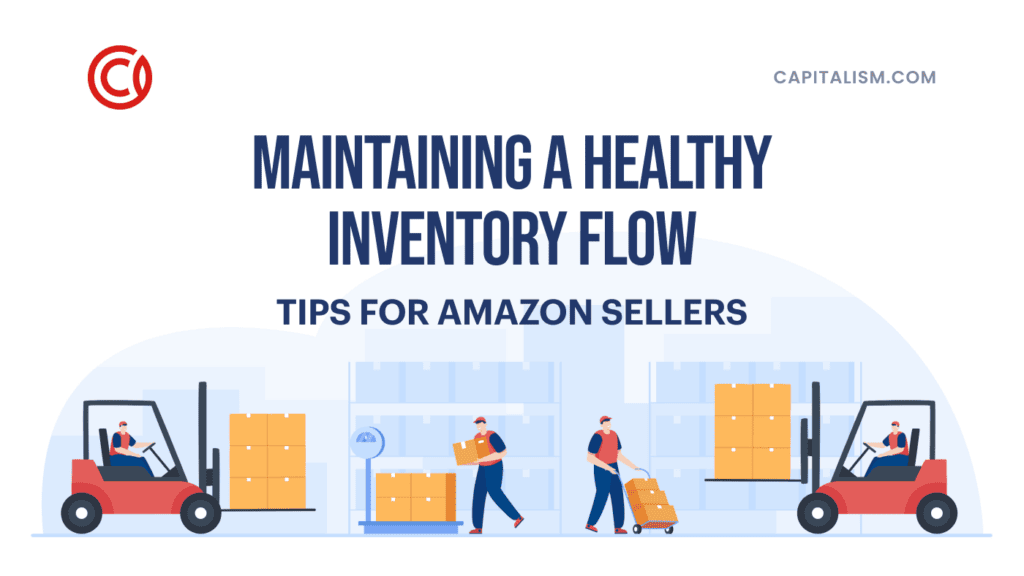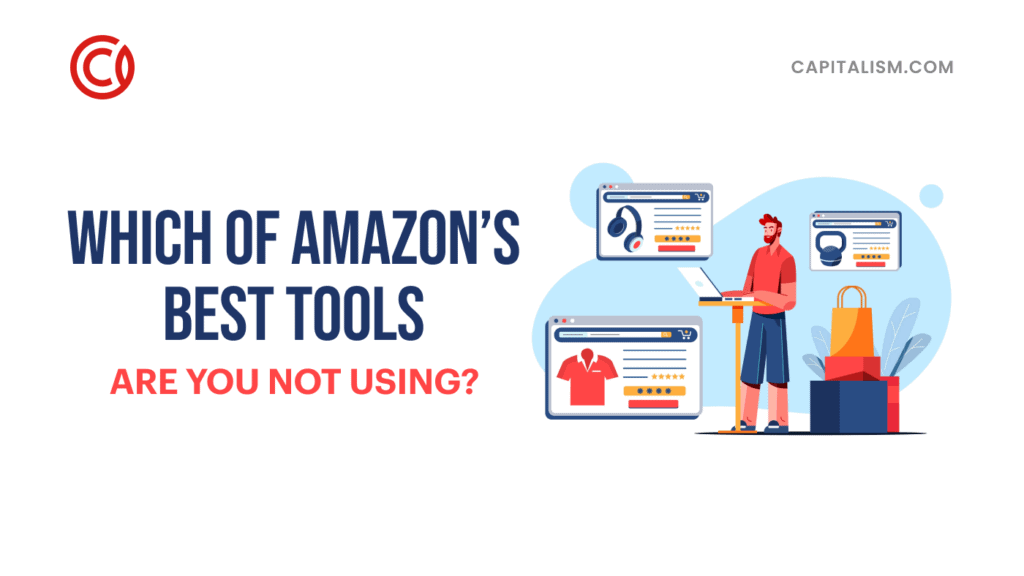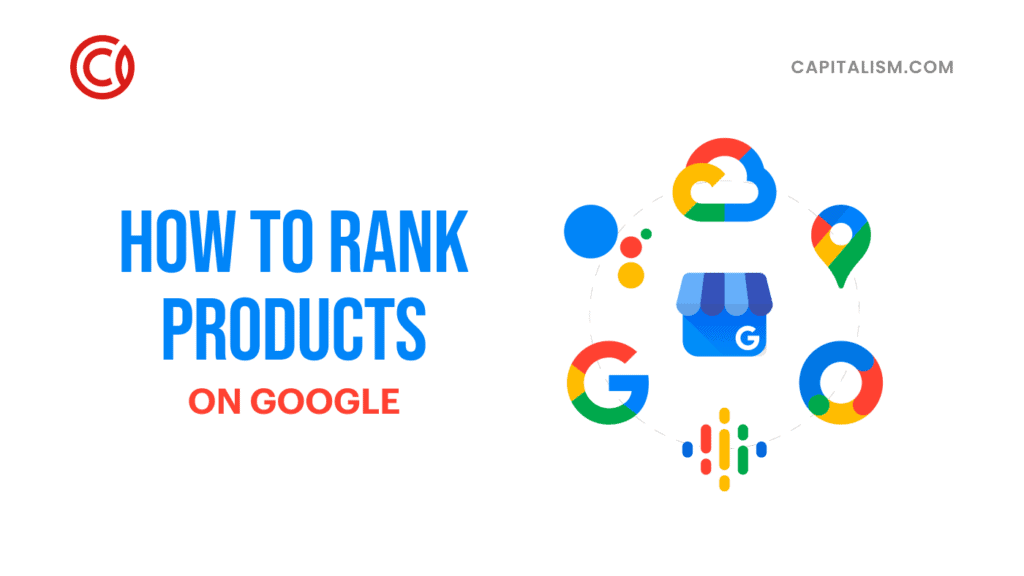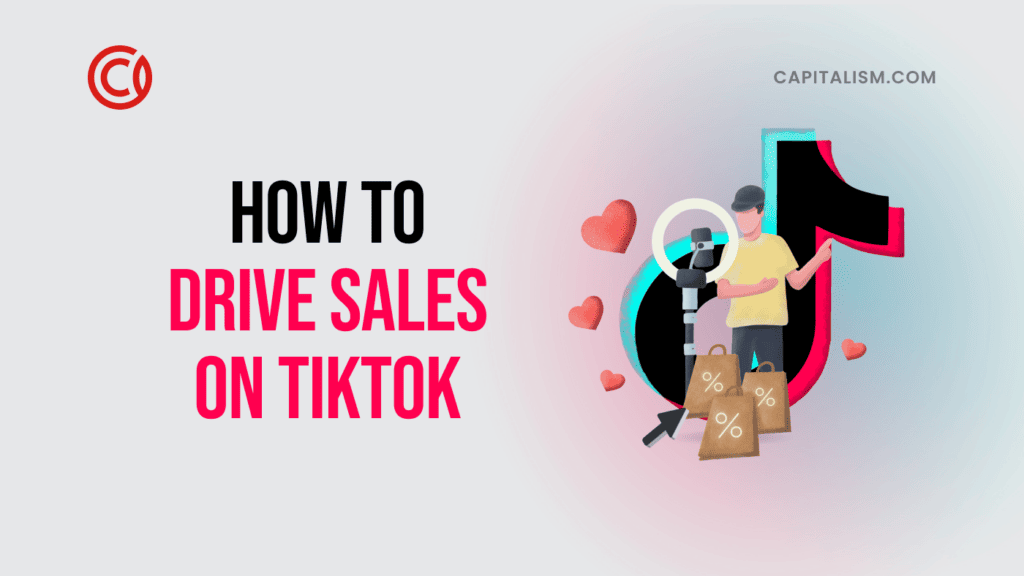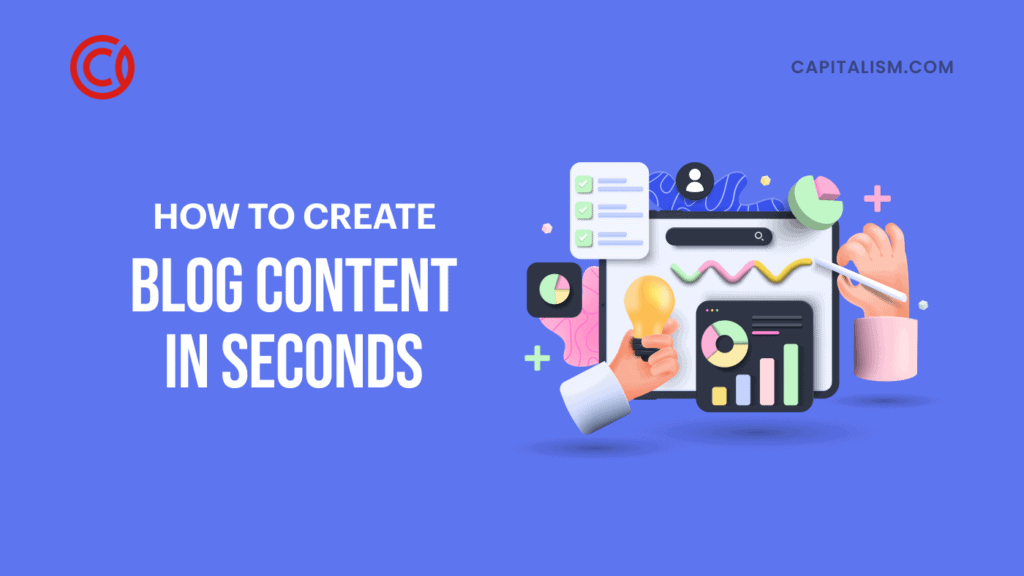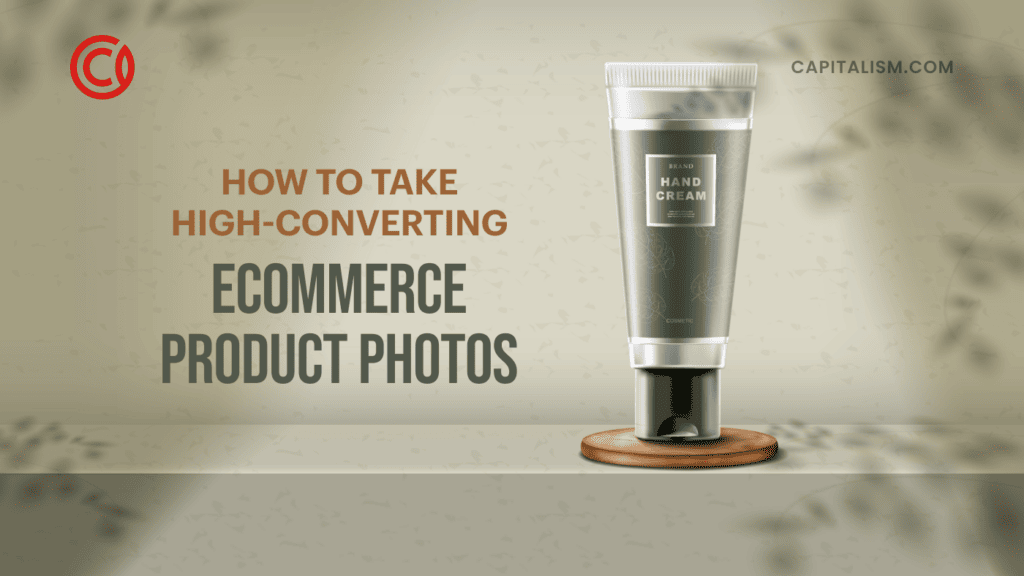So, You Want to Sell a Physical Product, and Now You're Looking for a Manufacturing Partner?
Exciting, right? You fell in love with the idea of starting your own business. Then you checked out different business models, trying to find a good match.
When you did a deep dive into physical products businesses, that's when it all clicked for you. No capacity problems like you'd have in a service-based business. No toilet plunging like you'd have in real estate. And no migraine-inducing tech like you'd have in a software business.
Physical products, the perfect business model. So simple. So familiar. And so straightforward, too.
When you sell physical products, you make something people want, and they pay you! Fantastic.
Except…
That bit about making something. You know you probably can't actually make the thing yourself, right? At least not if you plan to grow your business to the 7- or 8-figure level.
Sure, we know and applaud entrepreneurs like Leah McHenry, who launched a million-dollar candle business called Mythologie Candles from her kitchen. She and her five homeschooled children became a well-oiled candle-making machine. Her success has been thrilling for all of us in The One Percent to watch.
But for most entrepreneurs starting a physical products business, there's going to be a manufacturing partner involved.
And that's why you're here.

Keep reading to find out where to look for your manufacturer, how to approach them, and what you must ask before going any further.
Semantics First: Does Product Manufacturer = Supplier?
Pretty much. Suppliers get you the goods, whether they make them or buy them. Manufacturers make what you're going to sell. You can use these terms interchangeably most of the time.
But there are a few other terms you should know since we're on the topic:
- Factories: They make stuff - anything you can imagine!
- Wholesalers: They don't make anything; they just buy a range of existing products and sell them in bulk.
- Trading companies: They don't make anything either; they typically carry a broader range of products that you can resell. Definitely not what you want if you're looking for someone to produce your product.
What's the Goal Here?
You're looking for manufacturing partners with in your business to make sure you never leave eager customers waiting for your products.
Note, that's plural on purpose.
The goal is to have a smooth supply chain that ensures you always have inventory in stock, that stock arrives in perfect condition, and that you can rely on your suppliers to communicate with you and value your business.
Plus, once you’re ready to add more products to your brand, you may need multiple suppliers to produce the different products or SKUs. Furthermore, once your brand grows, you may need to either change or add manufacturers to handle the demand for your products.
But those aren’t the only reasons you should talk with multiple manufacturers before you make your choice.
In working with our students inside the Capitalism Incubator, we can tell you that it’s not at all unusual to need to reach out to 50+ manufacturers. In fact, that’s a smart move.
Why so many? If you only talk with a couple of potential manufacturing companies, you may find yourself paying more for an inferior product without realizing it.

Ryan and his partner discovered this while building their yoga products brand. They tried two different yoga mat samples from different suppliers. One was clearly much better than the other. That happens. But the surprising thing was that the better mat was significantly cheaper than the lower quality mat.
Your persistence and thoroughness will pay off!
Should You Go with Overseas Suppliers or Domestic?
Both have advantages and disadvantages. For example, overseas suppliers can usually provide you with lower prices because their labor costs are lower. But shipping costs and times have gone up so much in 2021 that any savings you might see on the manufacturing end could vanish by the time your goods hit U.S. soil.
There's more than just cost per unit to consider in this decision.
Domestic Manufacturers
The advantages of working with a local supplier:
- "Made in the U.S.A." is particularly important for some brands for several reasons, including the perception of superior quality of goods as well as higher standards for the treatment of employees.
- No language barrier
- You can vet potential manufacturing partners - and even meet in person - easily.
- Shipping times are much faster than from overseas.
- Greater protection for your intellectual property
- Better protection for your payments and contracts
But there are a couple of potential downsides as well:
- Manufacturing costs more stateside, particularly for labor.
- Over the years, many factories have closed their doors, sending the production of certain products overseas.
Overseas Manufacturers
Advantages to consider:
- Manufacturing costs tend to be significantly lower.
- No shortage of manufacturers to consider.
- Sites like Alibaba.com make it relatively easy to find and contact suppliers.
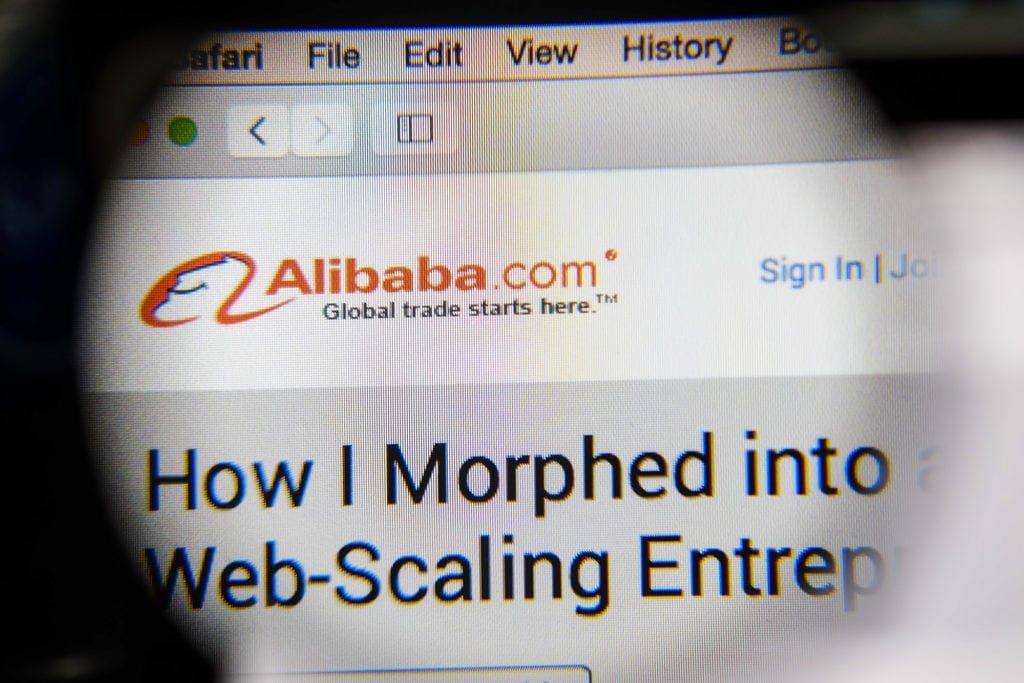
And the downsides:
- "Made in China" (or other Asian countries) can carry a negative connotation, whether it's about the product's quality or the brand's patriotism behind it.
- No control over the treatment and work conditions of the employees manufacturing your product
- Defending your intellectual property rights can be really challenging.
- Language and time-zone barriers
- Cultural differences, including everything from the holiday calendar to how you do business, can be hard to navigate.
- Not so easy to vet or visit your manufacturer
- Shipping times and costs, which are compounded by import and customs regulations and expenses
- You have very little recourse if the manufacturer fails to deliver, even if you've paid.
However, there's a way to make working with an overseas supplier easier. By hiring a manufacturing manager located near your supplier, you can close the gap considerably. They speak the language, know the culture, and have experience working with overseas brand owners. Your manager can represent you and protect your interests by serving as the boots on the ground for you. You can pay them to negotiate on your behalf, stay on top of your orders, and interact with your supplier while watching out for your interests. They can also bridge the gap between you and the freight companies you'll need in your supply chain.
Some brands use a combination of domestic and international suppliers. They place regular orders with an overseas supplier and hold the local manufacturer as a backup to rely on anytime there's a snag in the supply chain.
How Do I Find A Manufacturer For My Product?
Research time! Here are three ways to find your manufacturer.
#1: Online Directories
You can find multiple directories listing thousands of manufacturers. Some cover specific product types; others cover geographical regions. Many directories even include reviews from customers.
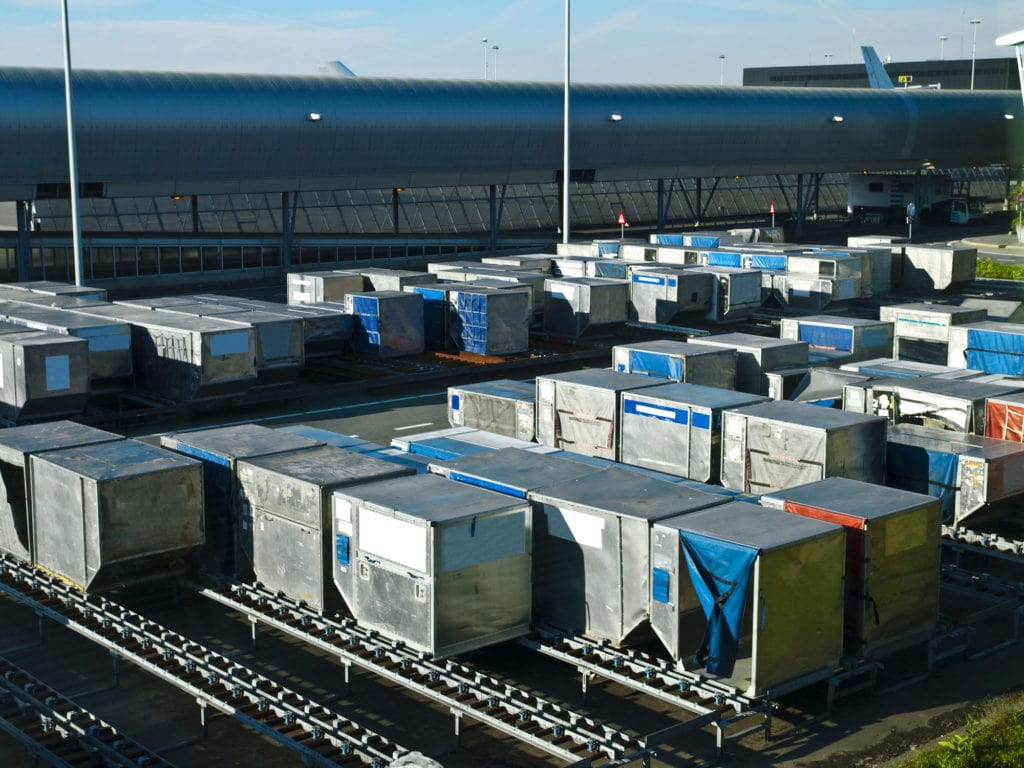
Some directories to start with:
- Maker's Row
- ThomasNet
- National Association of Manufacturers
- GSS
- Kompass
- MFG
- Alibaba
- Oberlo
- AliExpress
- Indiamart
- Sourcify
Plus, there's good old Google. You can always search for: manufacturers OR suppliers OR factories + your product type.
#2: Ask for Referrals
Just like when you need to find a dentist or the best tacos in town, the easiest way to find someone great without doing all the legwork yourself is to ask around. One of the biggest advantages students inside the Capitalism Incubator enjoy is having access to our extensive network of manufacturers, investors, agencies, and audience leaders.
Don't forget about social media. You can post:
- On your own Facebook and LinkedIn profiles: You're probably already building your brand publicly and documenting your progress. Not only might one of your contacts have a connection to share with you, but just by asking, you may uncover resources nobody would have thought to pass along.
- On Reddit: There's a subreddit for startups that may be very helpful.
- On forums: Like The Manufacturer Community.
Also, as you start having conversations with manufacturers, you'll find some that are not a fit for your needs. So be sure to ask them if they have a recommendation for you that would be a better fit.
#3: Similar Product + NAICS Code
The NAICS (North American Industry Classification System) publishes tons of useful information. You can use it to find out which manufacturer makes a product similar to what you want to make. Just Google that product's NAICS code and then reach out to them to get a quote for your product. If you're in Canada, use this site instead.
After You Find Some Manufacturers to Consider
When you zero in on a few prospects you like, look them up on the Better Business Bureau website (U.S. only) to see their rating and reviews.

Also, run a Google search and do some sleuthing on social media to see whether anyone has gone public with a good or bad experience with that manufacturer. Try to find out about their working conditions, whether they're environmentally friendly, and anything else you can uncover.
Approaching Manufacturing Companies
If you're going with a domestic manufacturer, the best way to get started is to pick up the phone. While manufacturers' websites have a contact form you can use, it's not all that likely that anyone will get back to you that way. Especially these days, with all the supply chain and labor force challenges in manufacturing; they've got a lot going on. Getting back to new brand owners is not the urgent priority it once was.
If you're going with an overseas manufacturer, you should start with an online inquiry. Most manufacturers employ representatives who are fluent in English who can help you get the information you need to make your decision. Pay attention to how well they communicate with you. That factor is just as important as pricing. Instead of a phone call, you might want to reach out using Skype, WeChat, or email.
There's no need to feel intimidated just because you're new to this world. You will learn a ton with each conversation you have. However, bear in mind that manufacturers don't have the capacity to educate you on the basics. They will appreciate you doing your homework and learning the lingo before you approach them.
Be professional, concise, and respectful of their time and attention. Also, consider their perspective. Suppliers want to do business with brands on their way to doing enough volume to make lots of money.
What to Ask Manufacturers
Here's a list of starter questions you'll want to ask a potential manufacturing partner:
- Can you create my product?
- What are your turnaround times for producing and shipping? Does this change throughout the year?
- What shipping costs should I expect?
- What are your MOQs (Minimum Order Quantities)?
- Can they estimate the cost per unit?
- Do they have a setup fee? If your product requires special tooling, can they grant you exclusivity so when you pay for that tooling, it isn't used for other customers?
- What's the cost per unit? Does it change for different variations (particularly for additional sizes)?
- Do they offer dropshipping? (This may or may not be an attractive option for you.)
- What is their policy on defective products? Who is responsible for the shipping costs and duties?
- What are their payment terms?
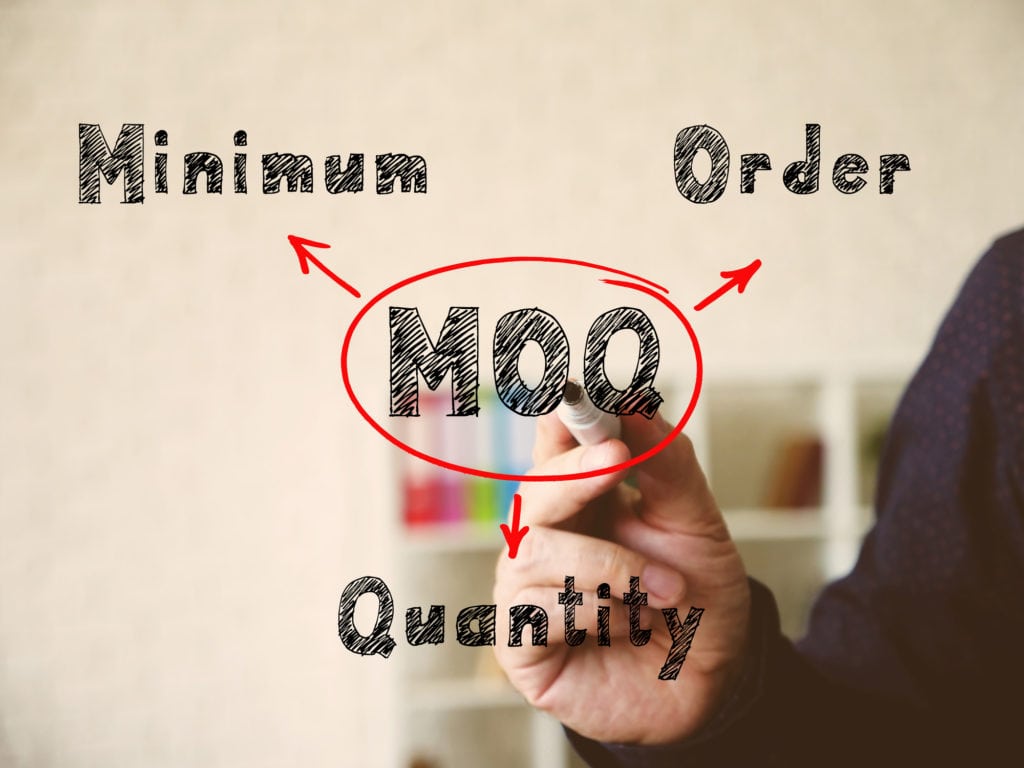
About MOQs
The MOQ requirement is just as important as the cost per unit. You'll find some manufacturers require a minimum order that's out of range for you when you're just starting.
You may be able to negotiate the MOQ. Sometimes it's based on the upfront work needed to produce your product. Other times, it's more that they prefer to do business with bigger buyers.
If everything else checks out, keep their information. You may someday want to switch to a supplier who can match the increasing demand for your product.
After You Narrow It Down
Once you have a few manufacturers that seem promising, it's time to compare them so you can decide how to move forward.
Compare Their Quotes
You don't want to go with the highest or the lowest quote. As you compare quotes, if you notice an outlier in either direction, ask for clarification before throwing them out. Maybe there's been a miscommunication. Ask a follow-up question to get the information you need.
Run Your Numbers (Again)
Calculate all the costs involved, including shipping and handling, labeling and packaging, insurance, and any importing expenses and taxes. Also, calculate your potential revenue, including average market price versus your planned pricing, how many units you'll sell, and what your competitors are doing.
Determine your profit margins to make sure you've got a healthy bottom line. It's a simple calculation:
Selling Price - Cost Per Unit / Selling Price x 100
Example:
Selling price = $100
Cost per unit = $50
[($100-$50) / $100] x 100 = .5 or 50%
Get Your Prototype and Samples, then Place Your Order
Now you need to communicate what you have in mind. This can be as simple as providing a sketch, a series of photos, or written instructions. For more complicated products, you might need to engage a product designer, industrial designer, or CAD designer to help you create a prototype to send to the manufacturer. You may find these services by searching Fiverr, Upwork, or Google (product type + prototype developer).

Before you place your first production order, you'll want to get samples of your product to make sure the manufacturer produces what you have in mind. Check every single sample. Sometimes, the details get lost in translation. This is your opportunity to make sure you're on the same page and that it's done right.
When your product samples pass muster, it's time to place your first inventory order.
From here on, do all you can to build a good relationship with your manufacturer. This is just one of the partners you'll work with to build your brand. Remember - you'll probably need to repeat this process at some point either to replace or to supplement the first one.
Congratulations! You're one step closer to building your million-dollar brand!


